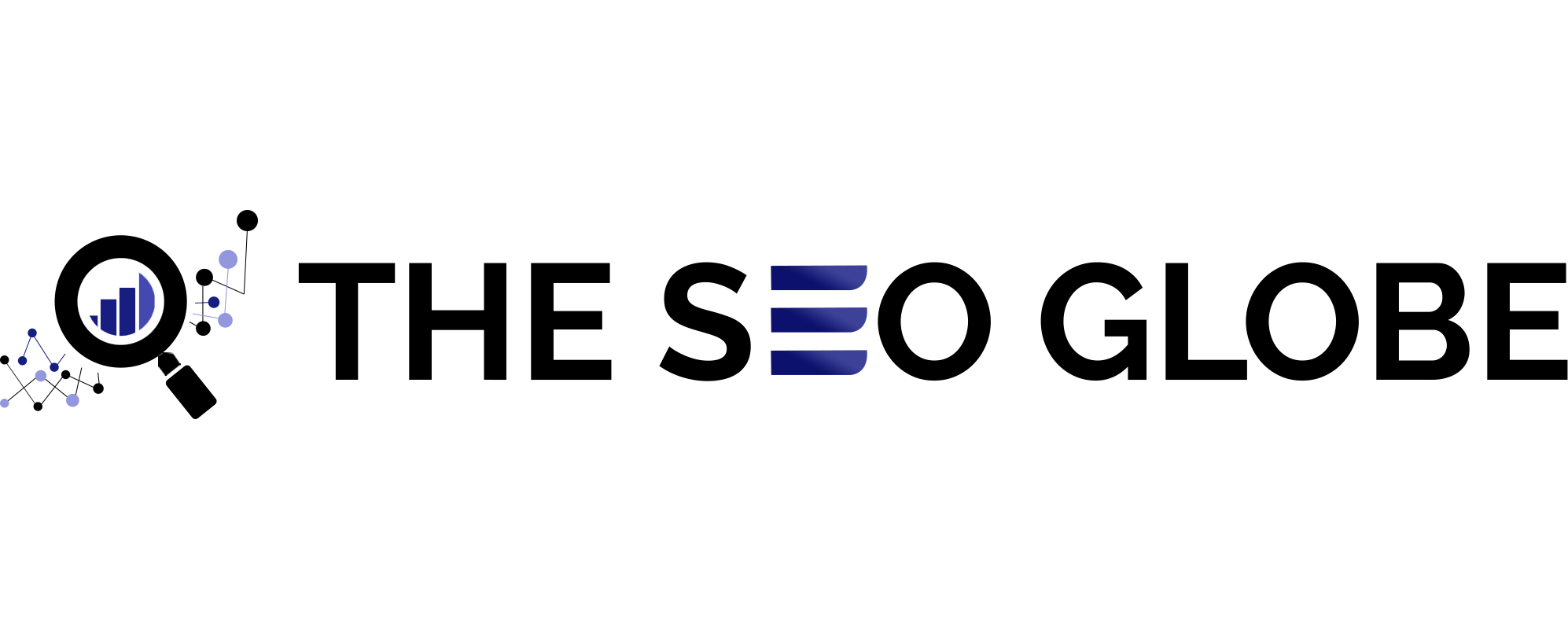Google has come up with an exciting automatic language detection option that seems like the end of the Hreflang in the coming time. Know all about the current situation, possible obstacles and much more!

First of all, keeping up with the most recent advancements is essential in the constantly changing field of search engine optimization (SEO). Regarding the management of multilingual websites one such possible change is Google’s increasing dependence on automatic language detection rather than the conventional Hreflang attribute. The future of multilingual SEO Google’s position on automatic language detection the status of Hreflang implementation as of right now possible overrides and obstacles and the implications of this change for website owners and SEO experts are all covered in this article.
Google’s Stance on Automatic Language Detection
In order to comprehend and interpret web content more effectively, Google has been gradually improving its algorithms. The advancement of automatic language detection is one noteworthy step in this direction. These days Google’s algorithms are better at determining a web page’s language without depending just on meta tags or specialized properties like Hreflang.
This development is a component of Google’s larger mission to improve web accessibility and relevance for people everywhere independent of the language used to create the content.
John Mueller of Google has stressed that although Hreflang is still supported and advised for certain use cases the search engines’ sophisticated machine learning algorithms are making it more and more capable of determining the language of content. In order to make sure that their content is appropriately localized for various regions and languages, webmasters may not need to rely as much on Hreflang attributes.
The Present Situation of Hreflang Usage
Since its creation, the Hreflang attribute has served as a part of multilingual SEO. It helps search engines serve users with the appropriate version of a page based on their language and location. By enabling webmasters to specify the language and regional targeting of a webpage. Using Hreflang correctly lowers bounce rates and enhances user experience by guaranteeing that users see content in their preferred language.
The proper use of Hreflang is complicated and prone to mistakes though. It demands painstaking attention to detail because even small errors can result in serious SEO problems. Missing reciprocal Hreflang tags incorrect language codes and improperly configured URLs are common issues. Notwithstanding these difficulties, Hreflang is still a useful tool for many websites that are multilingual and allows for precise control over language and region targeting.
Potential Obstacles and Exceptions of Automatic Language Recognition
Numerous issues and possible overrides emerge as Google moves closer to automatic language recognition. Accuracy is one of the main issues. The language recognition algorithms used by Google are sophisticated but not perfect.
Inaccurate language recognition on a page may result in improper indexing and ranking. That may have an impact on a site’s visibility in search results. The management of mixed-language content presents another difficulty. Multilingual content on one page is a common feature of many websites particularly in multilingual areas.
In certain situations, Google’s automatic detection may have trouble which could result in less-than-ideal indexing and user experience. Furthermore, in some circumstances, automatic language recognition may take precedence over Hreflang attributes.
Google’s algorithms may give priority to their detection over the webmaster’s specification if they find that the language specified in Hreflang differs from the actual language of the content. Conflicts and unforeseen consequences could result from this. Especially, for websites that target different regions with subtle linguistic variations or have complex language structures.
Multilingual Search Engine Optimization’s Future
The move to automatic language recognition is indicative of a larger trend in SEO which is the growing reliance on AI and machine learning to analyze and rank content. The necessity for manual interventions like Hreflang may become less as these technologies develop further. Moreover, this does not however imply that multilingual SEO will lose significance.
Conversely, it draws attention to the necessity of producing well-written coherent content that is simple enough for search engines and users to grasp. We may anticipate that SEO best practices will advance in the future and include increasingly complex techniques to guarantee that content is properly targeted and localized. Also, this could involve improved methods for content optimization more capable tools for testing and validating multilingual websites and improved management of mixed-language pages.
What You Should Understand from This
This potential shift necessitates a re-evaluation of current strategies and practices for SEO professionals and website owners. These are some important lessons learned:
1. Review Updates: Be aware of any modifications to Google’s policies and algorithms. Monitor official sites and SEO news frequently to learn how these modifications may impact your website.
2. Audit Hreflang Implementation: Perform in-depth audits to make sure there are no errors if your website makes extensive use of Hreflang. Make use of software and tools to verify Hreflang tags and quickly address any problems.
3. Pay Attention to Content Quality: Google’s algorithms are more likely to correctly identify and index well-written high-quality content. Making content that is clear and unambiguous should be your top priority.
4. Make Use of Analytics: Analyze your content’s performance across multiple languages. Watch for any alterations in traffic patterns that could point to problems with indexing and language detection.
5. Adjust to New Tools and Techniques: Keep an open mind to implementing new tools and strategies that can enhance the performance of your multilingual website as the SEO scene develops. Examples of this could be sophisticated testing platforms or AI-driven content optimization technologies.
Significant progress has been made in the field of multilingual SEO with the possible switch from Hreflang to automatic language detection. It promises simpler and more precise language targeting, but it also brings with it new difficulties and unknowns. Website owners and SEO specialists can successfully navigate this shift and carry on offering a fantastic user experience to a global audience by remaining informed auditing current implementations concentrating on content quality utilizing analytics and adjusting to new tools.
Also Read: The Future in the Works: 5 New Features Coming to Google Analytics

